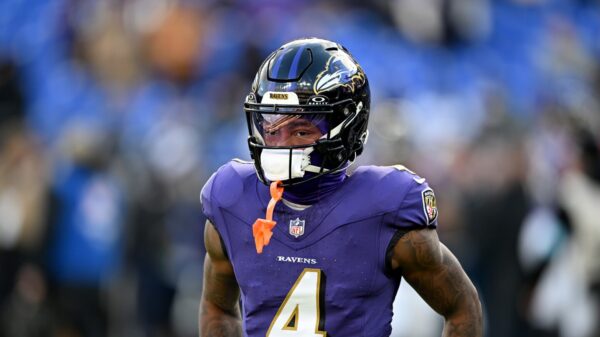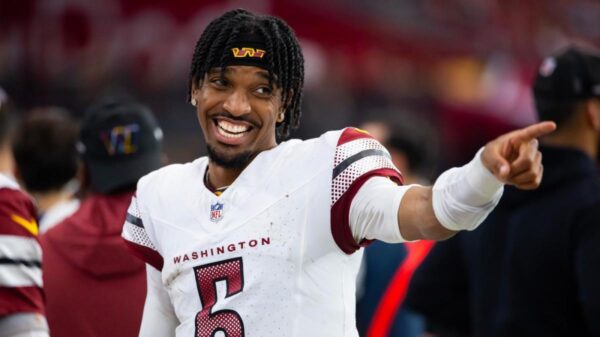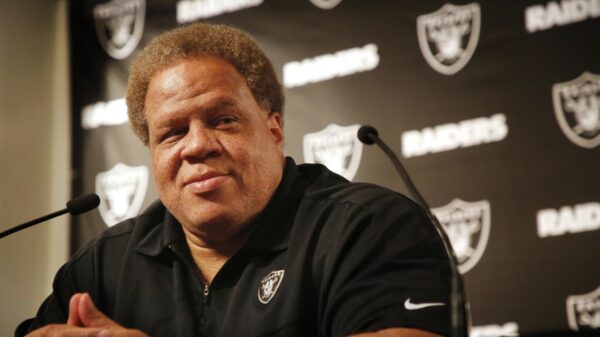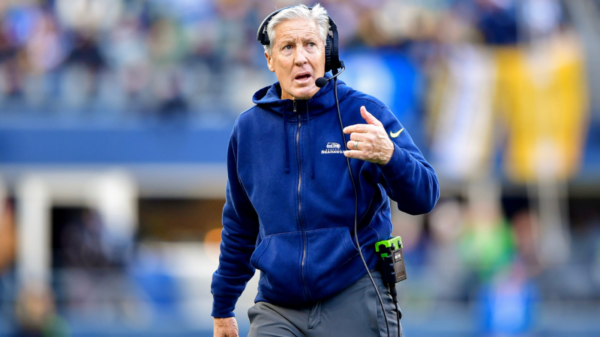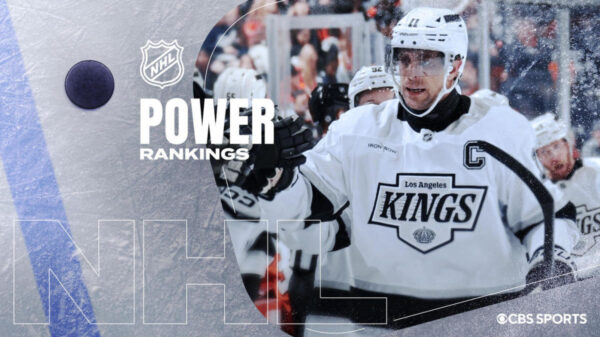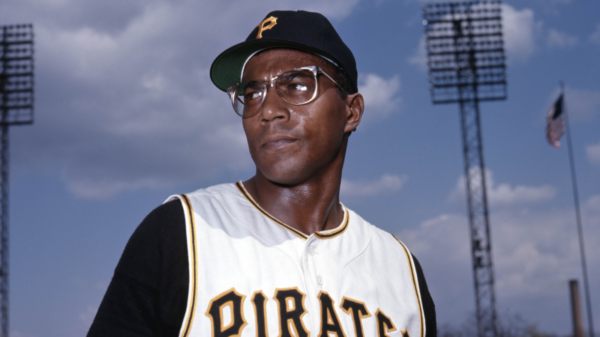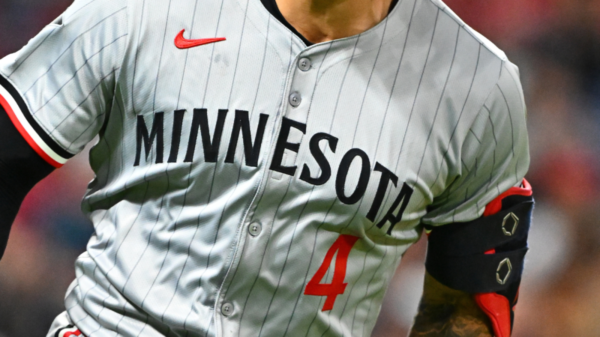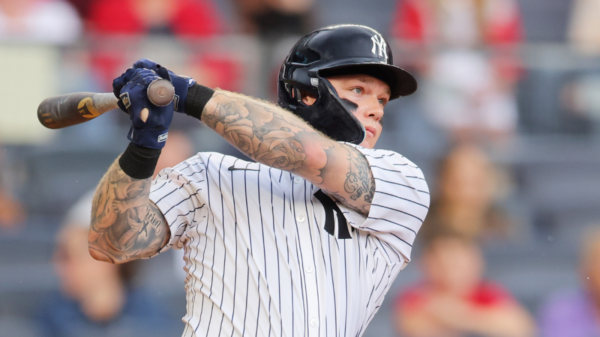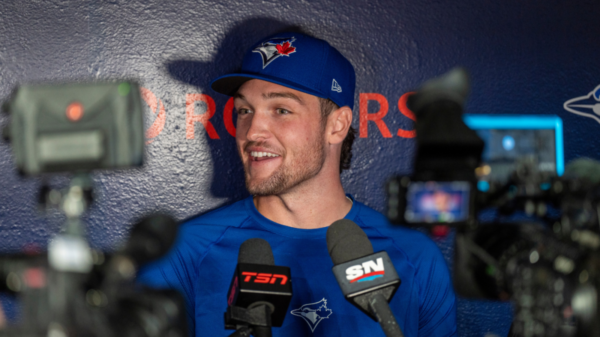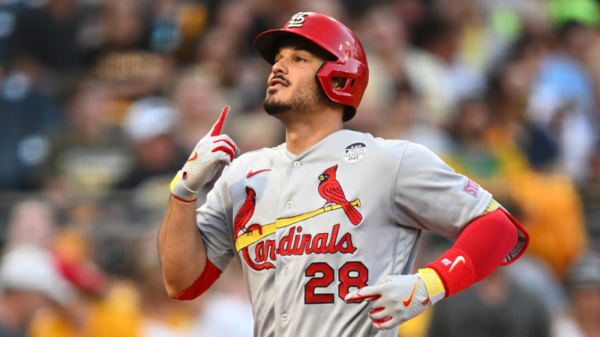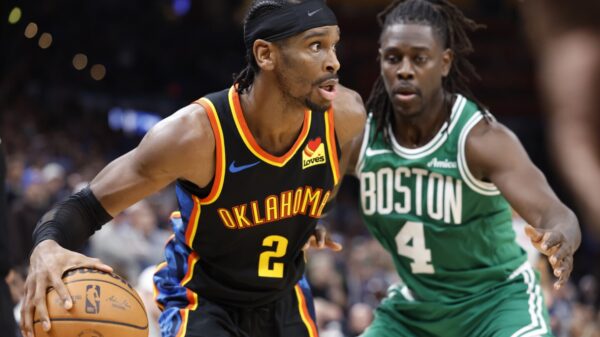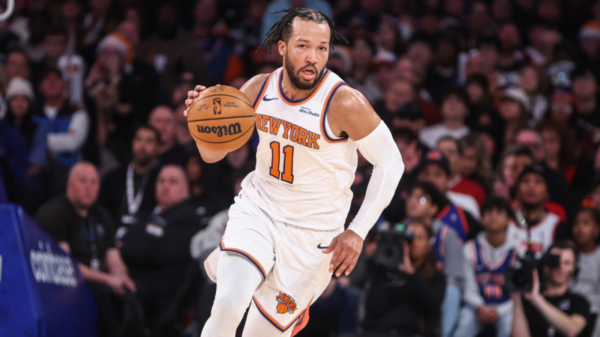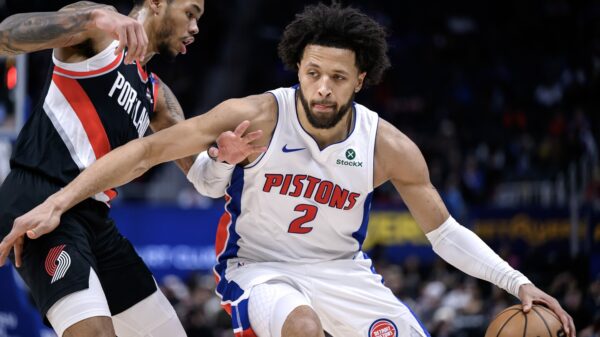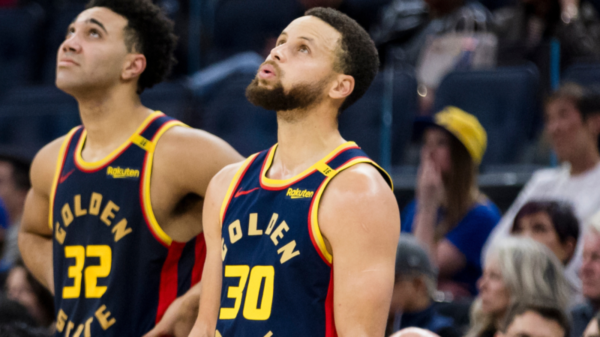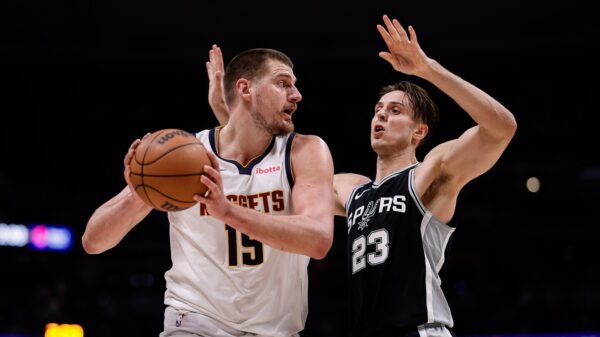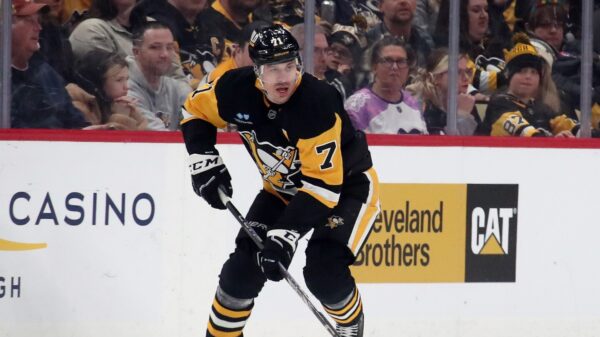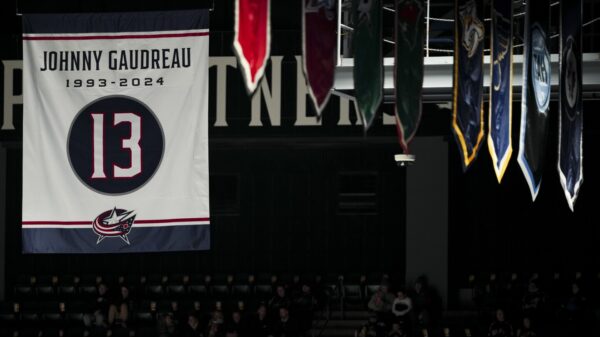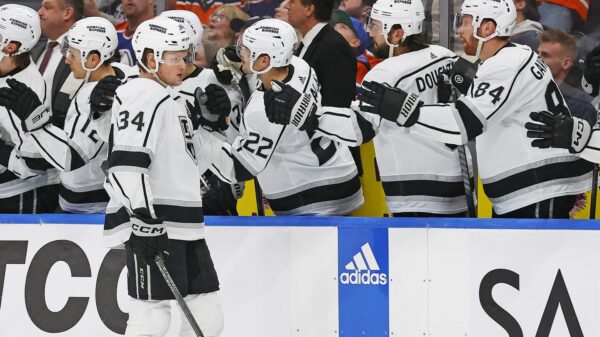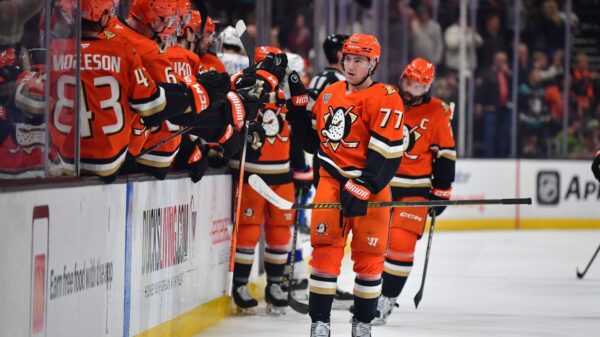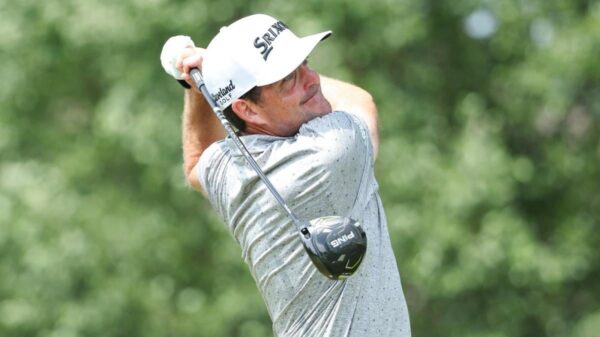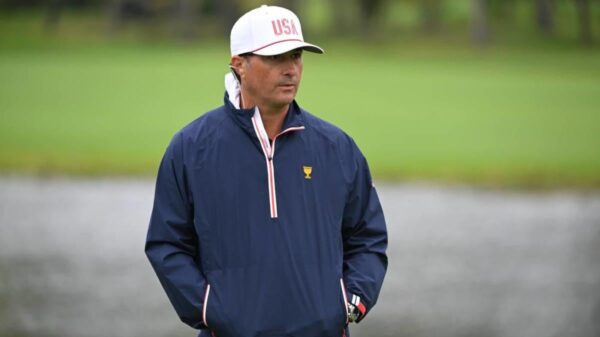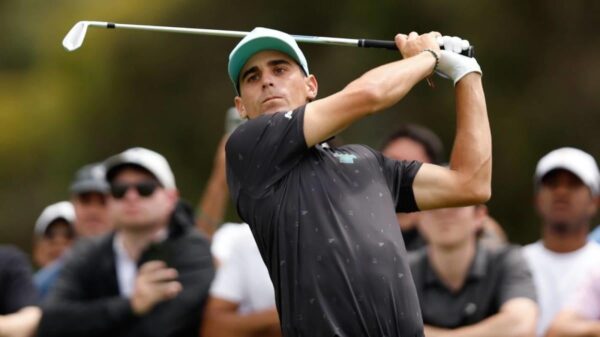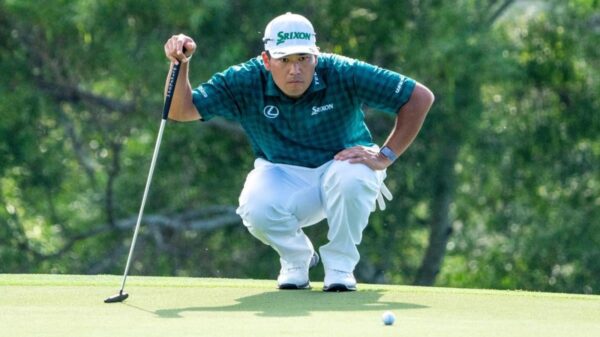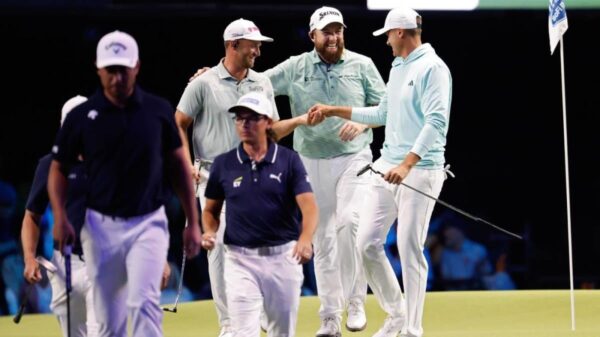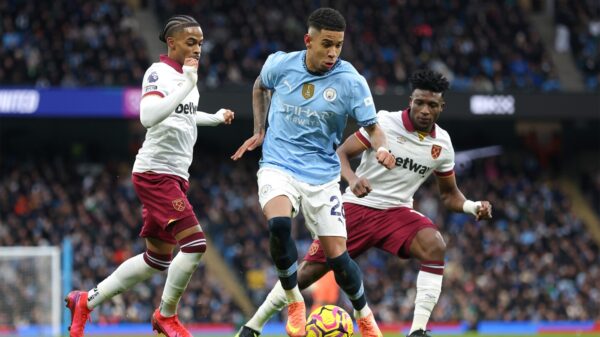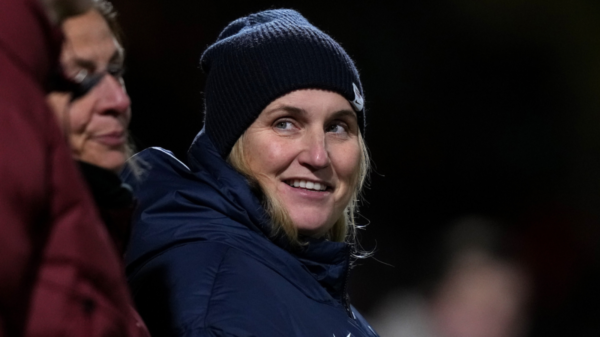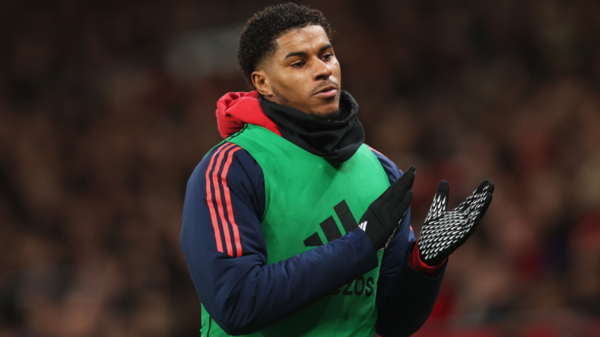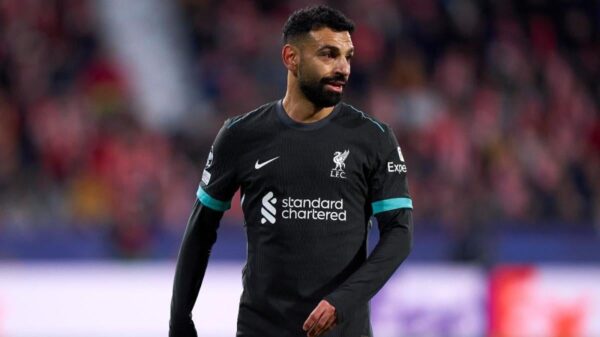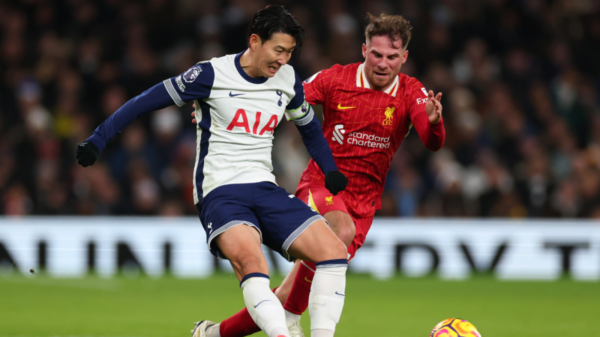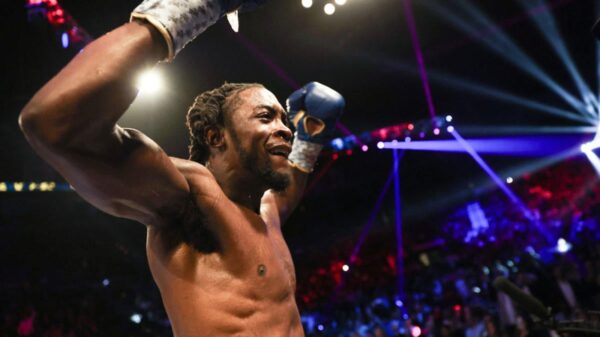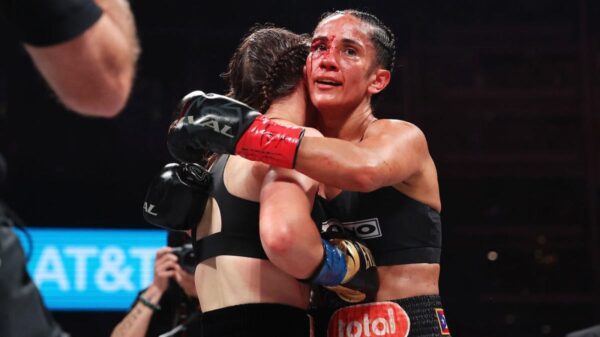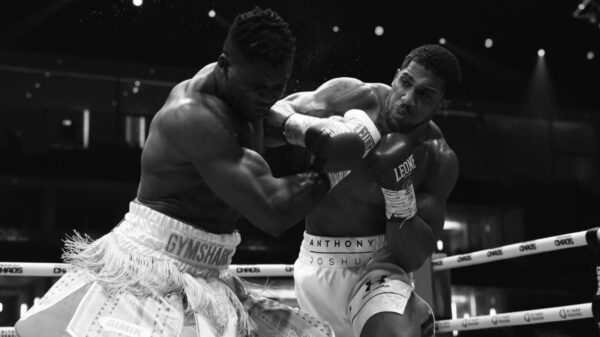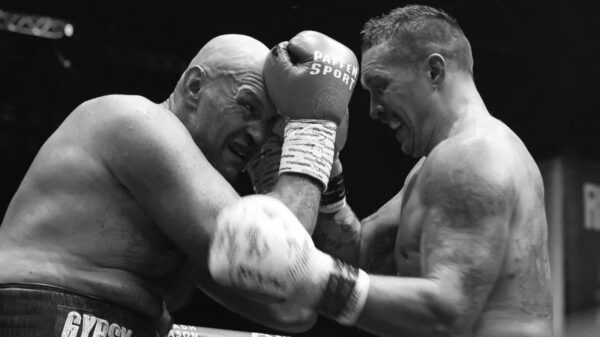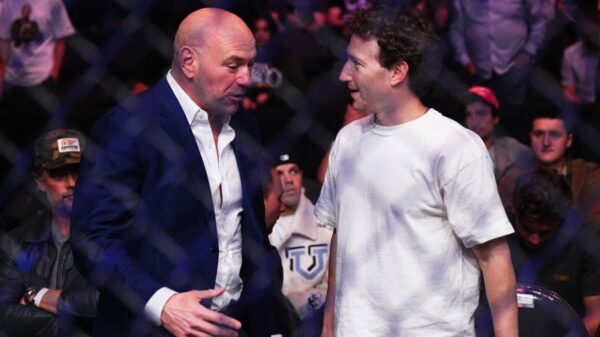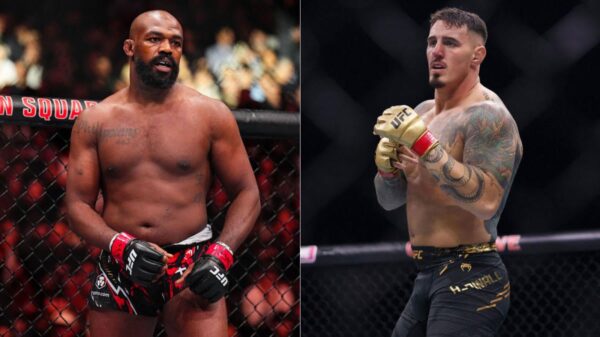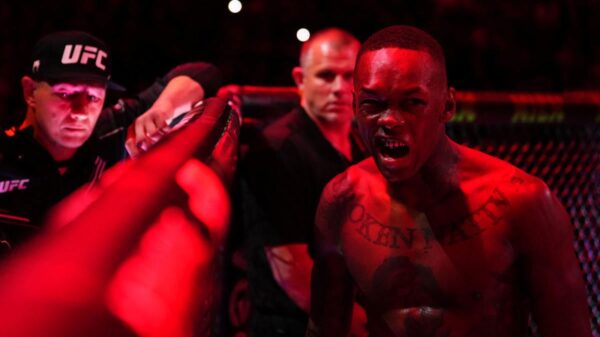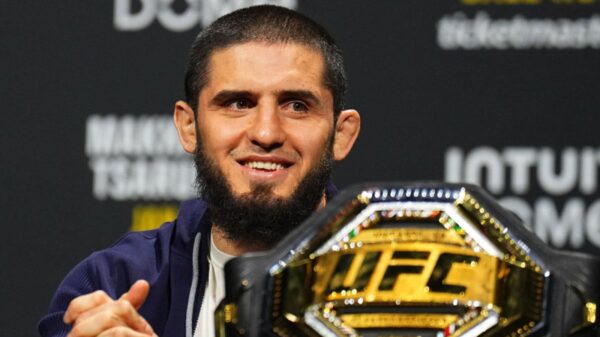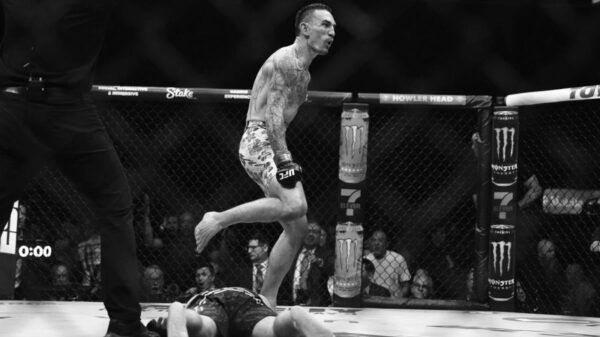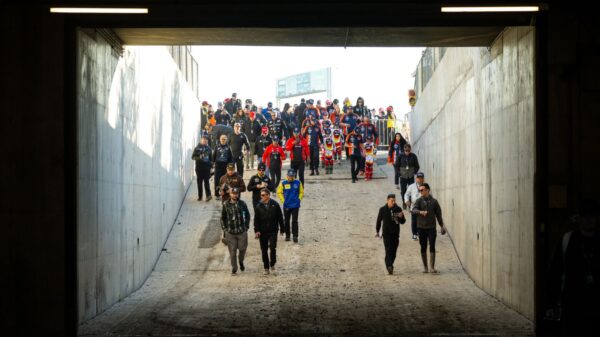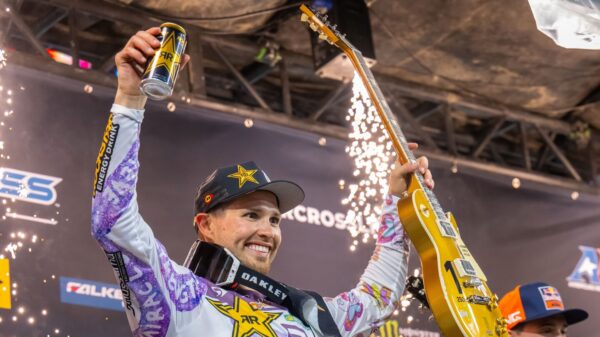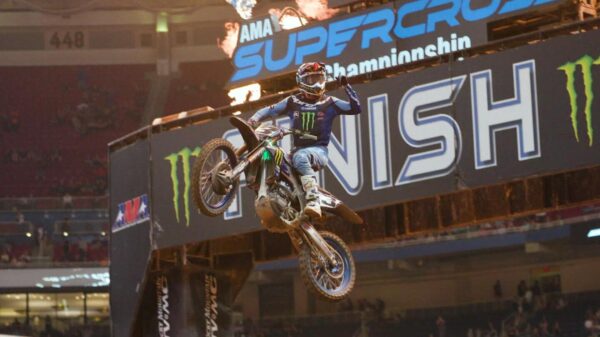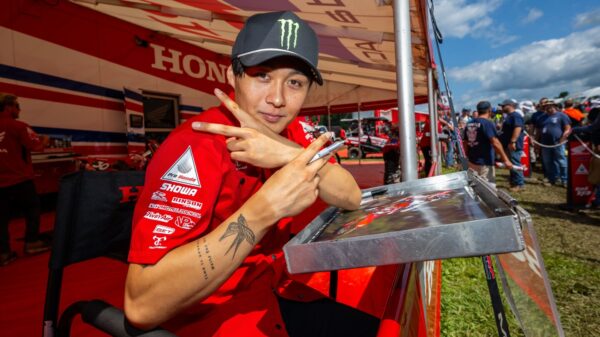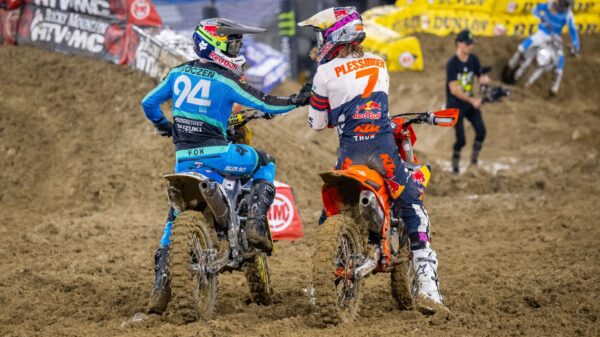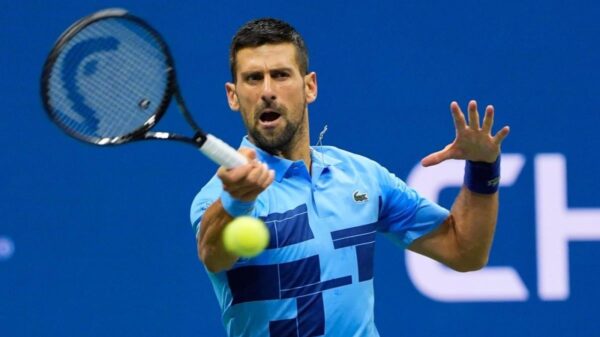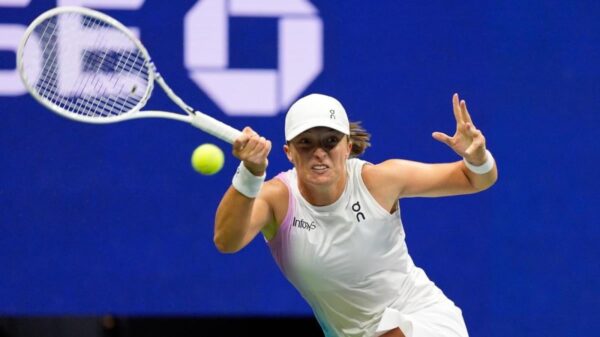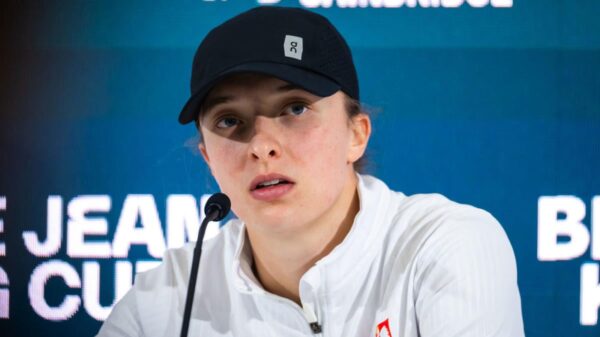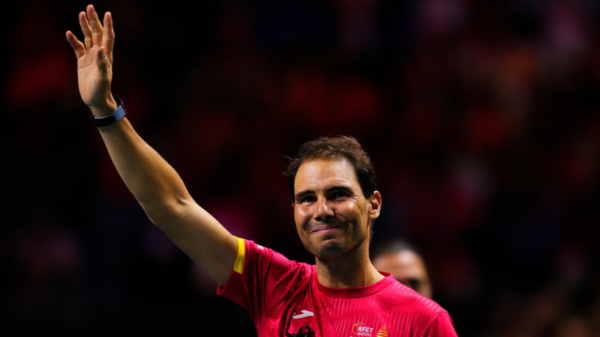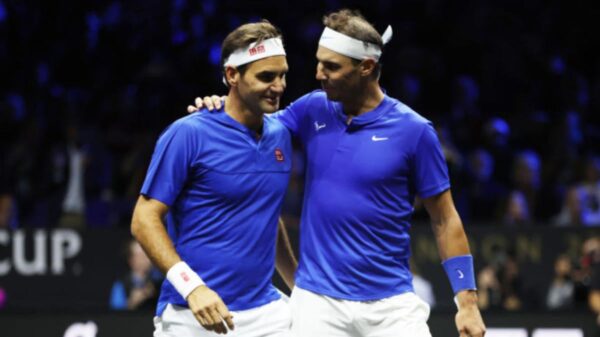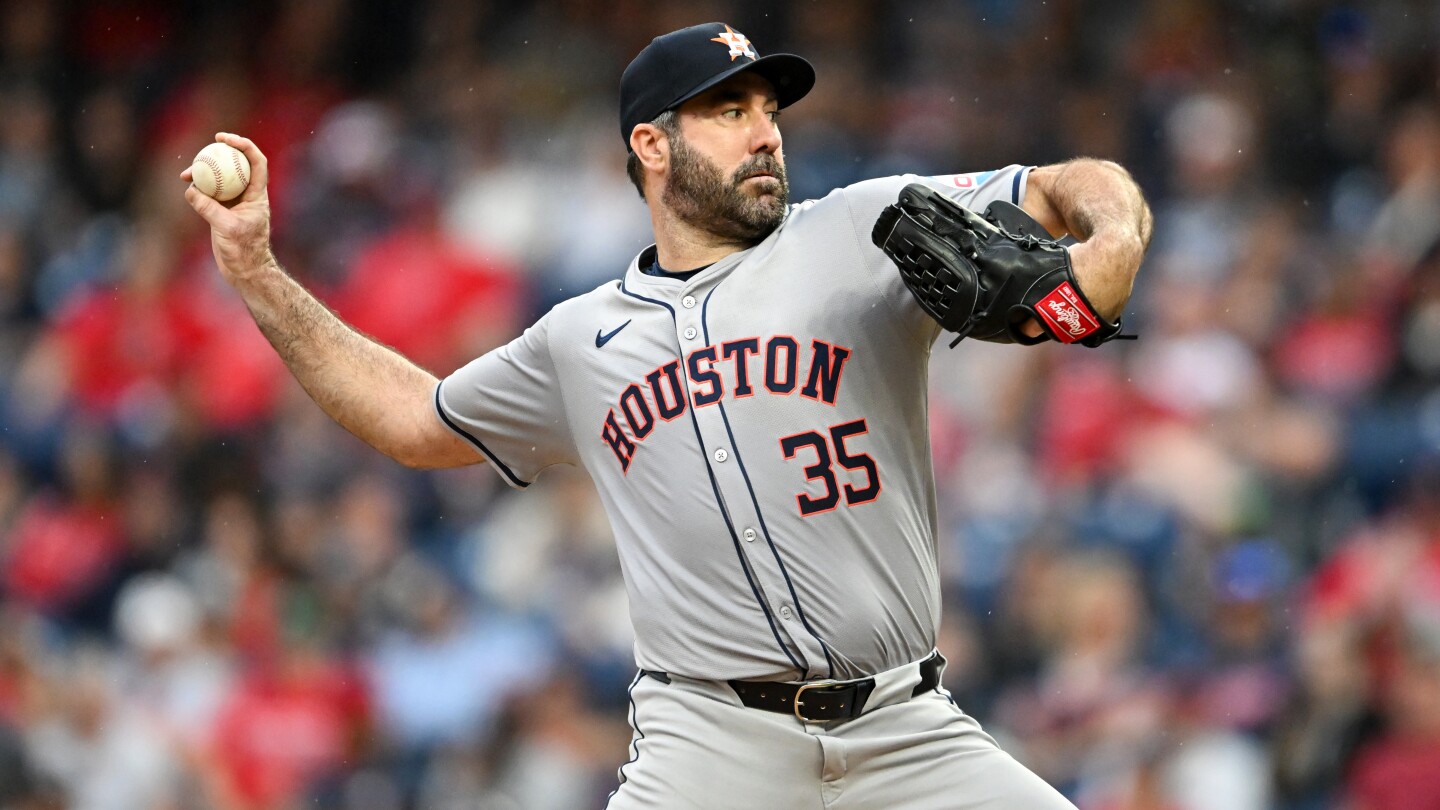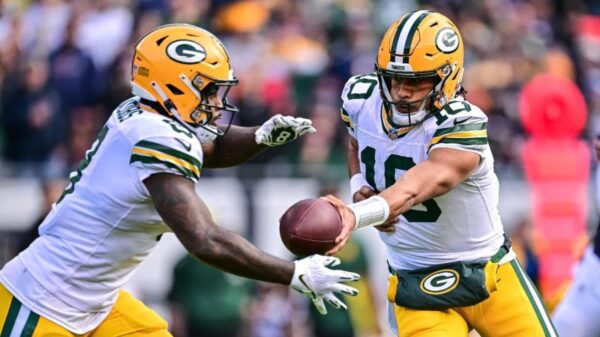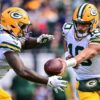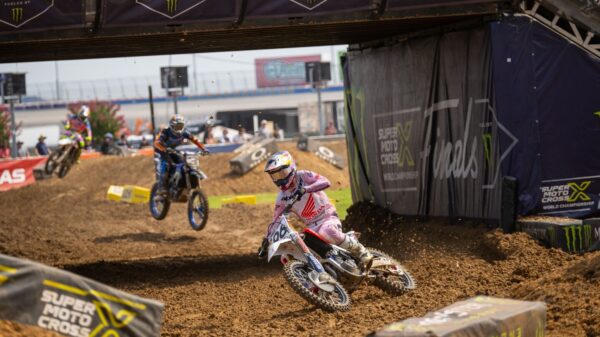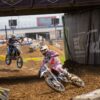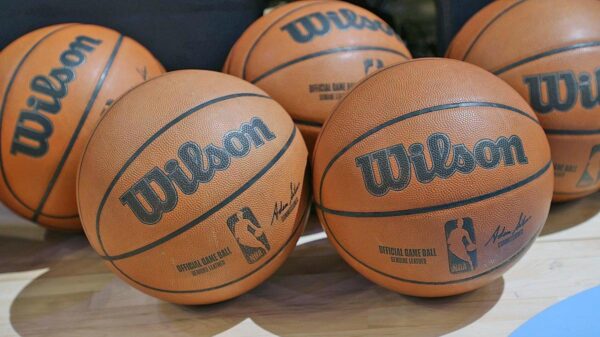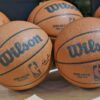The Giants fortified their starting rotation on Tuesday evening, reportedly agreeing to a one-year, $15 million contract with Justin Verlander. The three-time Cy Young Award winner heads to the Bay Area to bolster San Francisco’s pitching mix that also includes Logan Webb, Robbie Ray, Jordan Hicks and Kyle Harrison, in addition to intriguing pitching prospects Hayden Birdsong, Carson Whisenhunt and Landen Roupp.
BREAKING: Right-hander Justin Verlander and the San Francisco Giants are in agreement on a one-year contract, pending physical, sources tell ESPN. The future Hall of Famer, who turns 42 next month, will spend his 20th season with the Giants.
— Jeff Passan (@JeffPassan) January 7, 2025
How does Justin Verlander’s arrival impact San Francisco’s pitching staff?
The central question for San Francisco (and fantasy managers) is how much (if anything) does Verlander have left in the tank at this advanced stage of his legendary career? The future first-ballot Hall of Fame ace was limited to just 17 starts last year for the Astros due to a mid-June neck ailment that kept him sidelined until late August. He wound up struggling to an inflated 5.48 ERA (4.78 FIP), 1.38 WHIP and 74/27 K/BB ratio across 90 1/3 innings of work. Prior to last season, he had made at least 27 starts in six of the previous seven full seasons dating back to 2016 and took home his third Cy Young Award back in 2022.
He’ll enter spring training at 42 years old and it’s fair to question whether he’ll be able to shoulder a full workload next season in his Giants debut. He’s been an extremely durable workhorse for nearly two decades at this juncture but appeared to be starting to break down physically last year in Houston, most notably when he struggled to bounce-back during his lengthy rehabilitation process for a lingering neck issue. He’s also experienced a precipitous decline in the strikeout rate department over the past two years, whiffing just 20.5 percent of the batters he faced during that span, which is well below league average (22.6 percent). Verlander represents an intriguing low-risk gamble for San Francisco on a short-term deal. If he’s healthy, he’ll help stabilize the back-end of their starting rotation mix around volatile arms Jordan Hicks and Kyle Harrison behind innings-eater Logan Webb and electric veteran southpaw Robbie Ray.
How much does the move impact Justin Verlander’s fantasy stock?
We’re never going to completely dismiss the possibility of a Hall of Fame-caliber talent continuing to defy traditional aging curves, but we’re testing the limits at this point with Verlander entering his 20th season in the big leagues. The soon-to-be 42-year-old former fantasy stalwart appears poised to rebound somewhat, if he’s healthy, in his Giants debut. Simply put, his grasp on fantasy relevance appears tenuous at best due to a lack of significant strikeout upside, and some recent erosion in the control department, which make it difficult to forecast a complete return to form as one of the most impactful starters in the fantasy universe.
Verlander stands to benefit from leaving behind Minute Maid Park’s unforgiving offensive environment in favor or pitcher-friendly Oracle Park, which ranks 23rd out of 30 ballparks in Baseball Savant’s three-year park factors. If we bake in some regression from a run prevention standpoint, that makes it much easier to project an ERA much closer to last year’s expected ERA (3.78) by Baseball Savant’s metrics. It’s unrealistic to forecast anything beyond 150 innings, but even a modest bounce-back from Verlander likely puts him in the top 60 starting pitcher range for fantasy purposes. The pragmatic solution here for fantasy managers involves keeping a watchful eye on Verlander’s upcoming Cactus League starts during spring training and roll the dice on him as a speculative late-round gamble, especially in deeper mixed leagues.
Read the full article here

